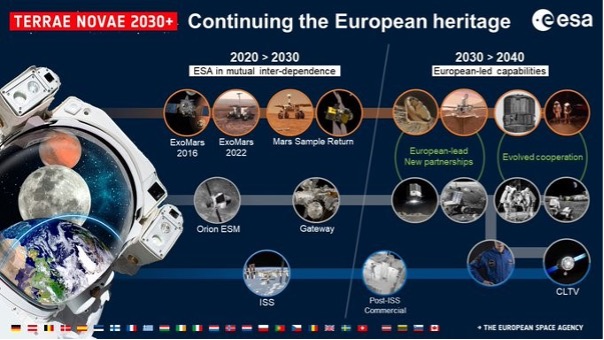The Henry Royce Institute has been selected by a panel of independent experts and European Space Agency (ESA) members to integrate an ESA network of ground-base 3D Bioprinting Facilities that will make a significant contribution to the agency’s exciting Terra Novae Strategy. The mission of Terrae Novae is to expand Europe’s human presence into the Solar System using robotic missions as precursors, with the horizon goal of human Mars exploration; and to do this for science, economic benefit, to promote global cooperation and inspire generations to come.
To support this ambition ESA is building a 3D Bioprinting capability in Low Earth Orbit at the International Space Station, which will provide support for research and preparation activities to enable long-term human deep space exploration.
The success of human exploration on deep space missions requires a better fundamental understanding and characterisation of the effects on humans of space stressors such as microgravity and cosmic radiation.
Royce will ensure that the new Bioprinting Facilities Network is integrated and set to provide vital support to the scientific community with space-related preparatory work, with a focus on finding out how to mitigate such stressors.
Dr Marco Domingos, Royce Technology Platform Lead for Bioprinting led on the ESA 3D Bioprinting consortium application, and is also the only UK member of the ESA’s Topical Team on 3D Bioprinting of living tissue for utilisation in space exploration and extraterrestrial human settlements. The Group’s tasks include advising the ESA on all aspects of bioprinting and on how new developments in the field are relevant to applications in space.
An important output of this Group is also developing clear definitions of activity for future research calls, and the development and installation of the Bioprinter in both space and ground-base experiments.
Marco said:
“The ESA Terrae Novae programme outlines its strategy for the next 20 years in terms of human space exploration. ESA ambition goes beyond low orbit exploration and encompasses missions to the moon and Mars, whereby in the future human settlements are expected to be created.
“I’m delighted that Royce has been selected to integrate the Bioprinting Facilities Network; it is crucial to assess, define, and establish the most effective and efficient ways of minimising space stressors, to maintain the crew health and ensure mission success. 3D Bioprinting is exciting as it allows for the generation of human models where these space stressors can be systematically investigated under microgravity conditions.”
Cont…
ESA states that its future for human spaceflight and robotic exploration is a sustainable and international endeavour to visit new places and discover new things. Exploring space is about travelling further and coming back with new experiences and knowledge to help us on Earth.
ESA is working closely with international partners and commercial companies to ensure exploration of our Solar System is sustainable and peaceful.




